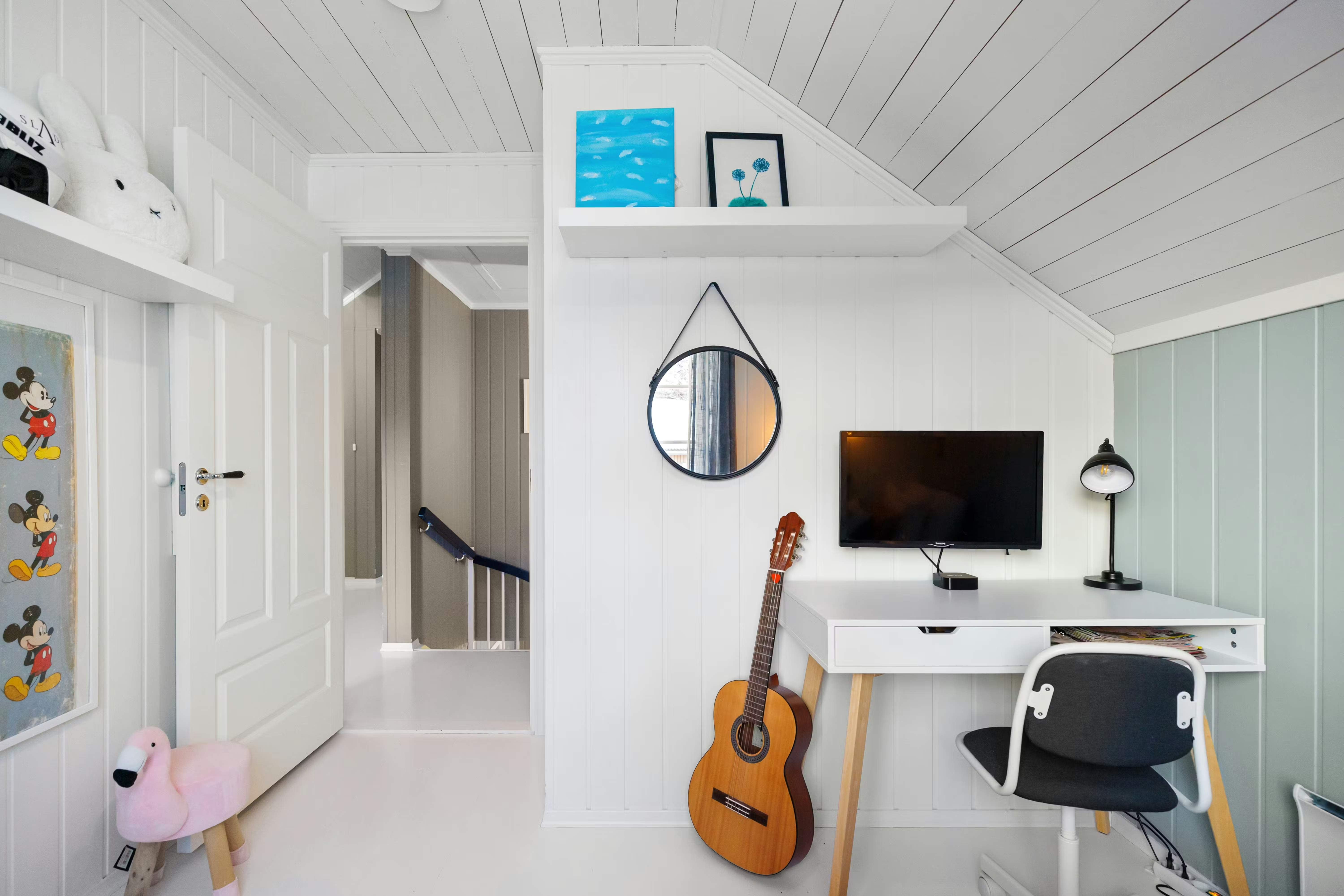

Introduction
Signing a lease for arbitrage is fun in theory — but it’s where most newcomers lose money. This post will walk through how to run a robust profitability analysis, stress-test your assumptions, and use real-world data so you minimize risk.
1. Use Real Market Averages: ADR, Occupancy & RevPAR
- In spring 2025, the national average Airbnb occupancy in the US was hovering around 50%, down from ~57% in 2024.
- That means you can’t count on 70–80% unless the market supports it.
- ADR (average daily rate) growth is bouncing — BNB Flow notes a 24.88% ADR jump in certain markets year-over-year.
- RevPAR (Revenue per Available Room) = ADR × Occupancy. That’s often a better gauge than either metric on its own.
Example:
If your target market has ADR = $200 and occupancy = 55%, then RevPAR = $110. Multiply by 30 = $3,300 gross potential. That’s your ceiling (before expenses).
2. List All Realistic Expenses
Here’s a checklist to include:
CategoryEstimate / NotesRent (base lease)Most fixed costUtilitiesElectricity, water, gas, WiFiInsuranceShort-term rental / liability ridersFurniture & décorOne-time but amortize over yearsCleaning & turnover$50–$150 per turnoverRestocking & suppliesToiletries, linens, consumablesPlatform fees & commissionsAirbnb, Vrbo cut 3–5%+Maintenance & preventativeRepairs, replacements, wear & tearVacancy bufferUnbooked nights you pay for anyway
Subtract all of it from gross to get Net Operating Income (NOI).
3. Stress Test with Scenarios
Don’t just do “best case.” Test:
- Base case (your expectation)
- Downside (e.g. occupancy 40–45%)
- Upside (for peak seasons)
If your downside still covers rent + margin, you’re safer. If not, it’s too risky.
4. Example Market Case — Charleston, SC
- In Charleston, ADR averages ~$382.70 and occupancy ~61% in some reports ~ BNB Flow
- That gives RevPAR ~ $233, or ~$6,990/month gross in a 30-day month (if fully available).
- But with all the expenses above, that drops, so you need to be comfortable with margin sensitivity.
5. Regulatory & Lease Risk Overlay
- Even if the numbers pencil now, local regulations or landlord disapproval can shut you down.
- Permit caps, registration, licensing, minimum host presence, zoning are common.
- Always check the city’s STR laws before you sign anything.
6. Where BnB Flow Adds Value
- Instantly overlay projected ADR, occupancy, and revenue onto Zillow/Redfin listings.
- Automate scenario testing (downside, base, upside) within the tool.
- Pull local regulation flags (if layered in) to warn you when a city has crackdown risk.
Conclusion + Call to Action
Doing real analytics up front is what separates amateur hosts from long-term players. If your downside fails, don’t sign. Use tools (like BnB Flow, AirDNA, or BNB Calc) to do the math for you — faster, cleaner, smarter.
.svg)
.svg)
.svg)












